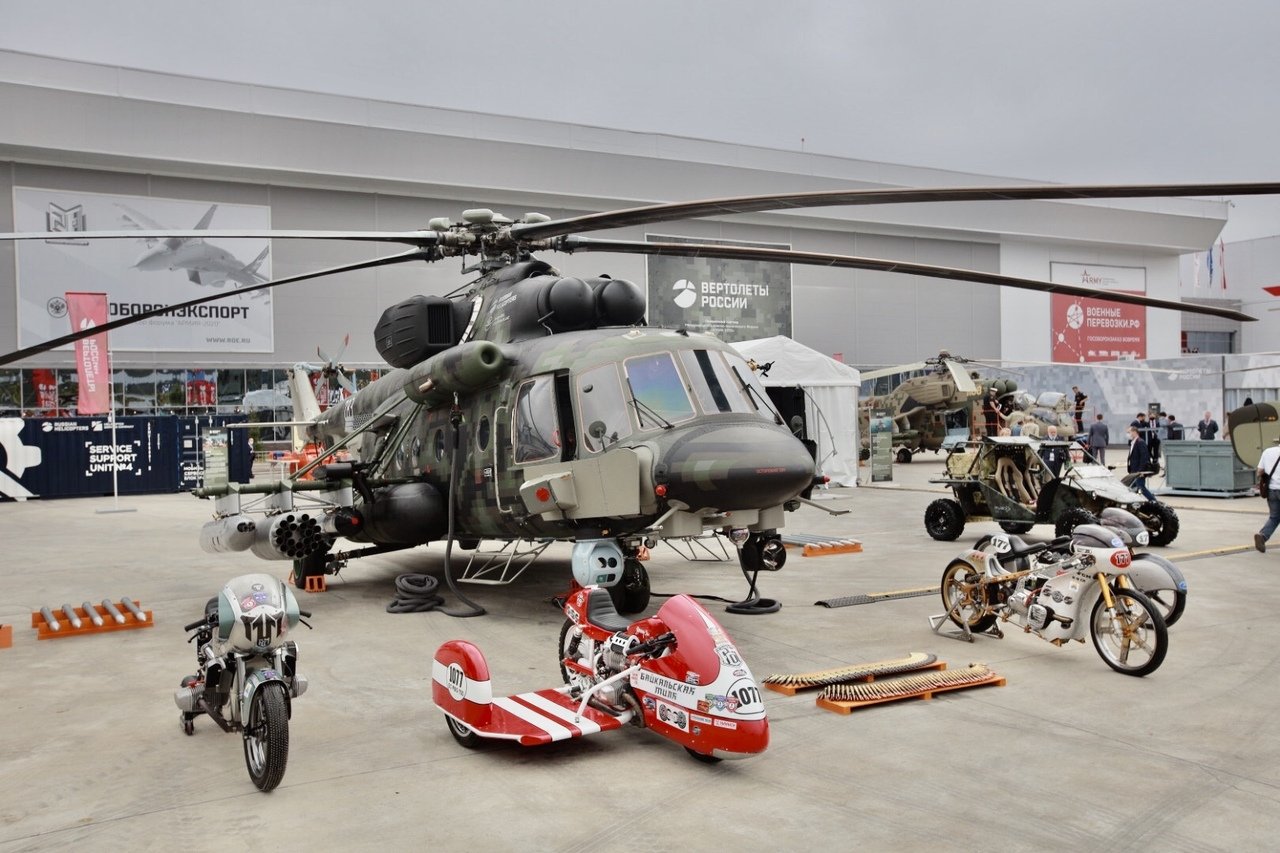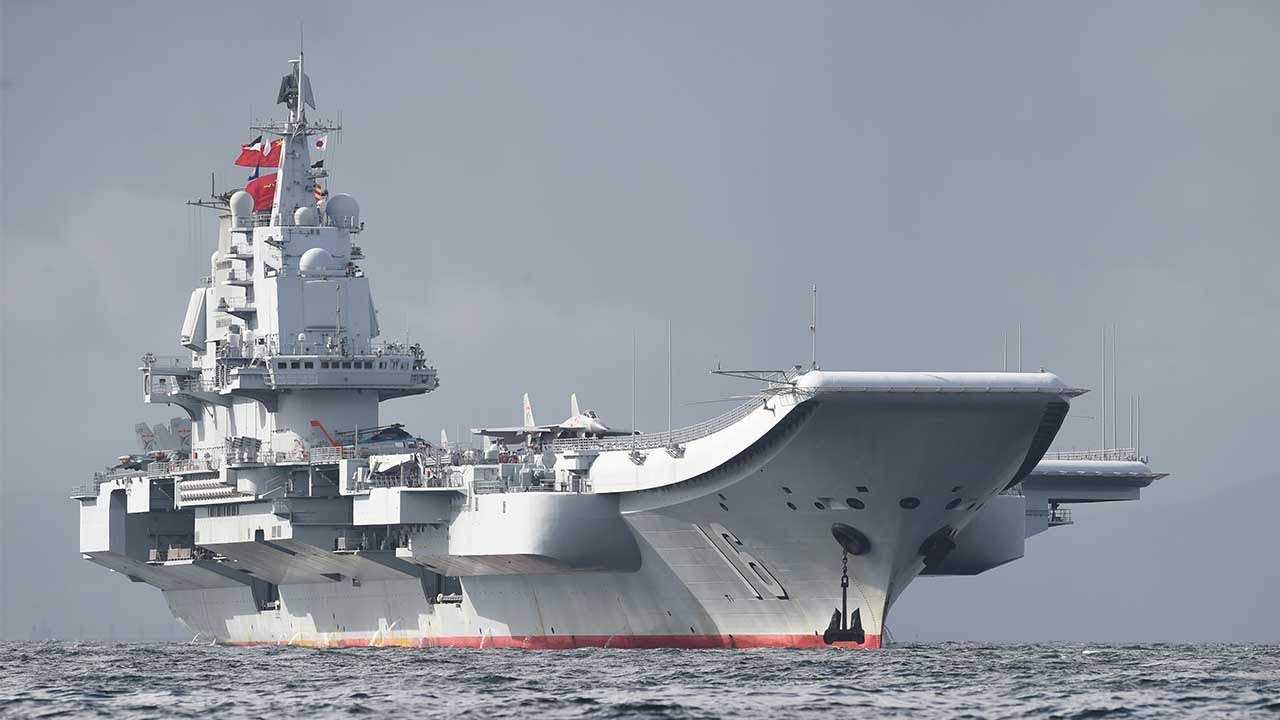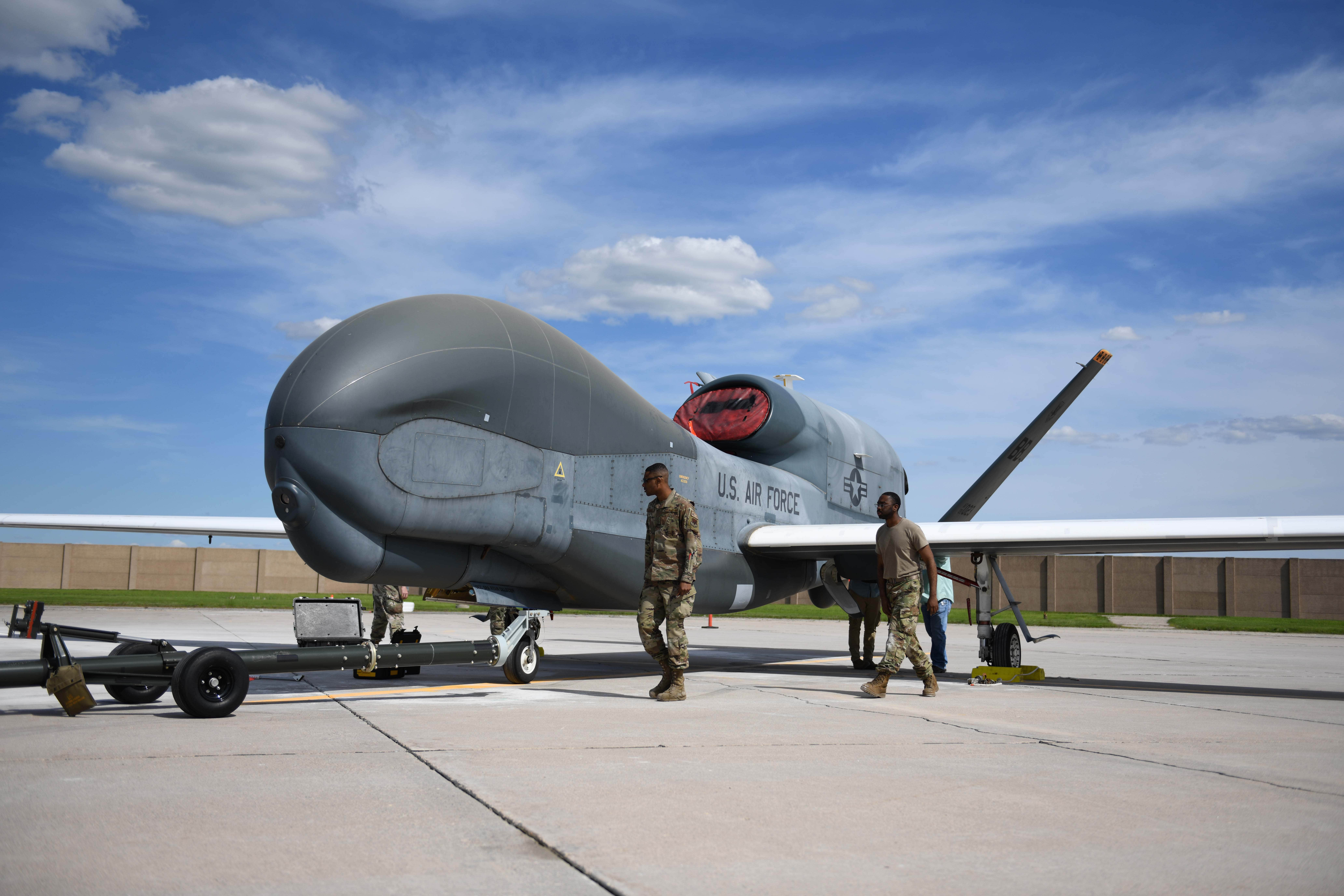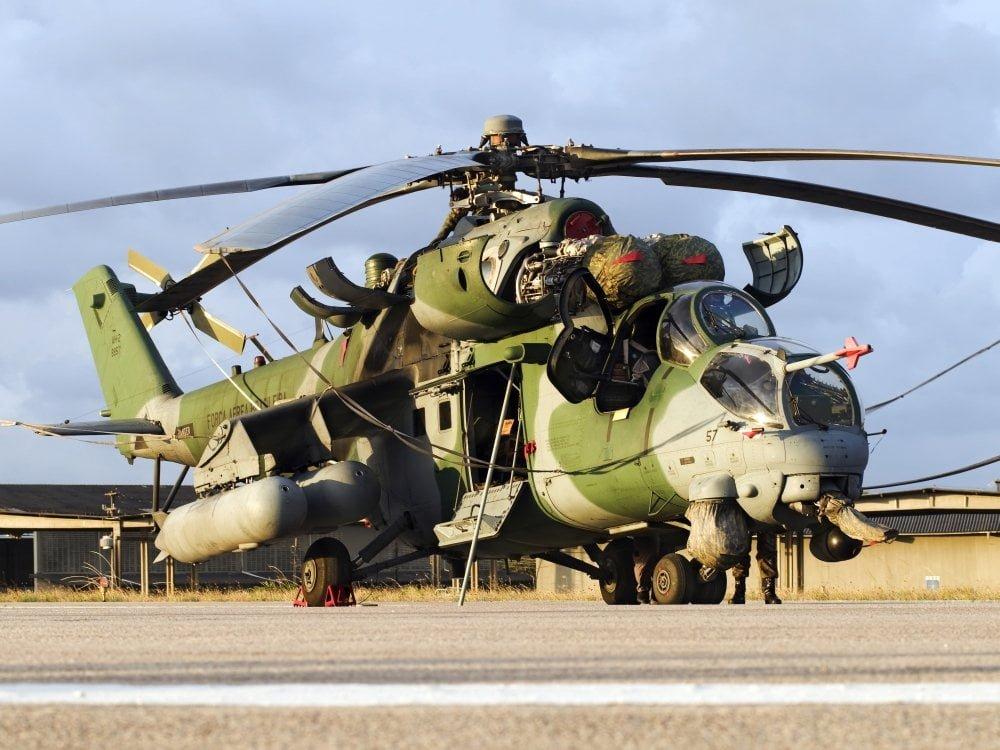With a looming danger of a missile or a bomb landing on one of its airfields close to the frontlines, the Ukrainian Air Force is gearing up to carry out fighter jet operations using civilian roads doubling up as runways.
On April 10, a video surfaced on social media that showed the Ukrainian Su-27 and MiG-29 aircraft using roads as runways. The video did not specify the location, but military watchers noted it could be somewhere in the Donbas region in eastern Ukraine.
Moreover, Russia’s local media reported that the Ukrainian command, fearing attacks by the Russian armed forces on airfields near the line of contact, uses alternative options for takeoff and landing of aircraft of its air force. It noted that they often use ordinary civilian roads as a runway or a jump airfield.
The takeoff and landing of fighter jets were reportedly filmed by Ukrainian servicemen, who appear to be in a forest plantation near the road. Although the exact date of when the footage was shot was not made available, the Russian media noted that it could be recent footage.
The report claimed that some regions in Ukraine, including Donbas, received snowfall recently. Therefore, there is a high probability that such a “jump airfield” is used by the Armed Forces of Ukraine in relative proximity to the frontlines. EurAsian Times could not independently verify these claims.
Although the video is interesting in its own right, using roads as runways is a frequent practice within the Ukrainian Air Force. For instance, Justin Bronk from the RUSI think-tank noted earlier that Ukraine’s airbases were scattered and disguised at the start of the conflict to protect them from being hit by Russian missiles.
Later, Ukraine’s air force began using relatively austere dispersed airbases and short-field runways with uneven surfaces. This is also reportedly why Ukraine started using roads for its fighter jet operations, to avoid losing its limited fighter jets in its arsenal.
Russia destroyed Ukrainian fighter jets on airfields during its aerial raids very early in the conflict. More than a year into the war, that threat still lingers on.
Ukraine has been pleading with NATO allies for Western fighter jets, preferably the F-16. However, the threat of being shot down and the complex logistics transfers that could also subsequently come under attack have reportedly been one impediment in making the decision.

Roads Doubling Up As Runways
Intense combat is currently raging in the eastern territories of Ukraine, with Russia regularly firing missiles and rockets at targets inside Ukraine. It also uses FAB-500 aerial bombs that do not require Russian jets to enter Ukraine’s airspace.
Russia’s long-range projectiles are likely to hit airbases and airfields close to the frontlines. For Kyiv’s forces, this likely warrants using roads as runways for uninterrupted sorties.
When asked whether it is feasible and convenient to use roads for fighter jet operations, Air Vice Marshal Pranay Sinha (retd) told EurAsian Times, “Most of the highway-intercity roads in Europe and Russia are wide enough and made of concrete that can easily be substituted as a runway in case of emergency for military aircraft. The only requirements are that these roads should have enough clearances and stretch of three kilometers should be straight- no curve etc. and the apron should be cleared of lights, poles, etc., and high rise structures.”
He added that “Russia built its huge highways, roads, and metros all keeping in mind a future war scenario, and Ukraine got them as it was part of the larger Soviet Union. Almost all fixed-wing aircraft can take off and land on these civilian roads. This is significant because it allows air forces to operate even when bombarded.”
However, using roads in dispersed locations may also be riddled with risks. For instance, Ukrainian officials have claimed on multiple occasions that saboteurs on Ukrainian territory that are linked to Russia directly have information to the enemy about the actual coordinate of targets inside Ukraine.
A Philippines-based military analyst Miguel Miranda told EurAsian Times, “A particular risk with shifting aircraft operations to civilian infrastructure is their security and the security of these locations. Russia has a long-running program of cultivating spies and saboteurs to find sensitive targets and report their details on messaging apps like Telegram. This information is used to direct missile attacks. So, operational security is extremely important in aerial units assigned improvised shelters and runways.”
For a country fighting a war on its borders with its military facilities struck almost daily by the Russians, dispersed operations from roads may augur well for Ukraine. However, it is not the only country to adopt the idea. Countries like India have built highways that could be used as runways for emergency landings under the present Narendra Modi government.
While the prospect of a full-fledged war for India is far-fetched, another country, Taiwan, has constantly been practicing fighter jet operations from its civilian roads. The need to be prepared for combat has become more pertinent for the self-ruled island state.

This Is How Taiwan Will Use Its Roads For Fighter Jet Ops
After three days of extensive war drills near Taiwan that simulated closing off the island in retaliation for the Taiwanese president’s visit to the United States last week, China’s military declared on April 10 that it is “ready to fight.” Taiwan, in contrast, has been preparing for a few years as an invasion threat looms.
In 2021, as annual drills reached their pinnacle, the Taiwanese landed on a makeshift highway strip overseen by President Tsai Ing-wen. These maneuvers would be necessary if China attacked and targeted Taiwan’s vulnerable air bases.
At the time, three fighters— an F-16, French-made Mirage, and a Ching-kuo Indigenous Defense Fighter – plus an E-2 Hawkeye early warning aircraft landed in a remote area of southern Pingtung county on a highway strip that was specially made to be straight and flat for quick conversion from a road to a runway.
If a Chinese attack destroys air force bases, Taiwan has five emergency roadway runways that may be activated, allowing their air force to continue operations.
Most of Taiwan’s air bases are on its level west coast, facing China, and in the event of a conflict, they would undoubtedly be subject to nearly instantaneous heavy missile and aircraft attack. Two other air facilities on Taiwan’s rugged east coast have hangers carved deep into the rock, offering much more reliable defense.
China has ramped up pressure on Taiwan in the last few years, asserting that it would unite the self-ruled island state with the Chinese mainland without shying away from using force if necessary. The latest PLA drills that encircled Taiwan and the concluding Chinese assertion have only made the threat of a Chinese attack on Taiwan more real.
Taiwan has focused on asymmetrical warfare to fight a much larger and militarily superior enemy. In the event of an invasion of Taiwan, the road to runway pipeline would aid the war effort of the Taiwanese Air Force, and the country is undoubtedly preparing for that.





